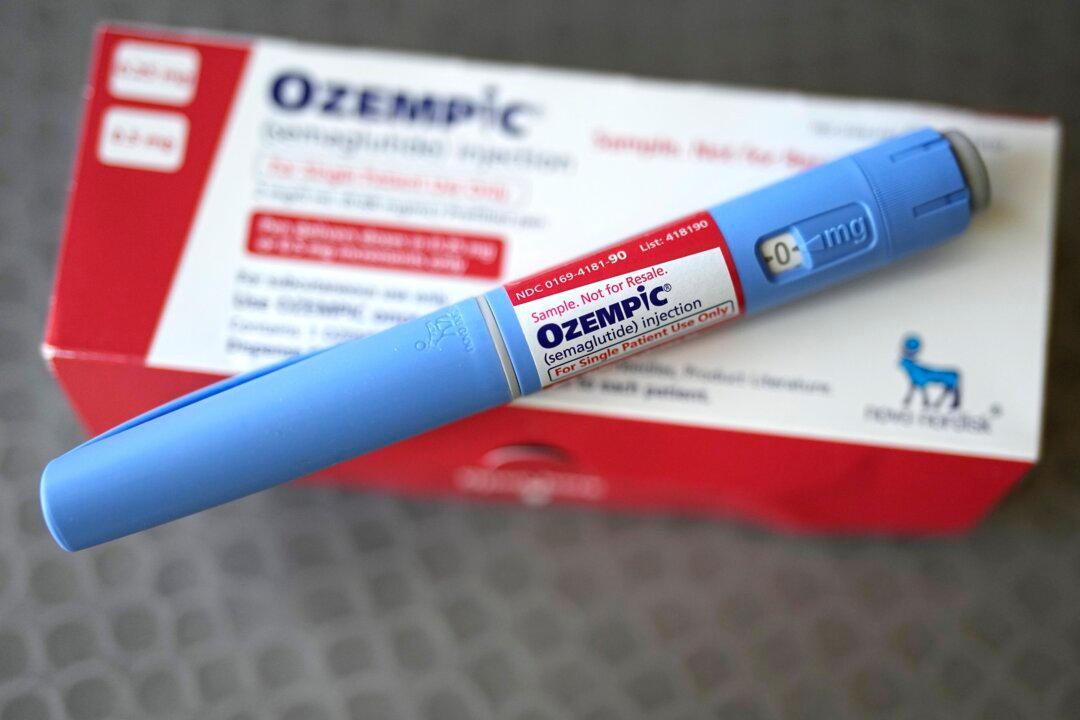The U.S. Department of Health and Human Services (HHS) said on Jan. 17 that it has selected the next 15 drugs to undergo Medicare drug price negotiations with pharmaceutical companies, as the federal government seeks to lower soaring medical costs for Americans.
The drugs are relied upon by millions of seniors across the country to treat an array of conditions such as asthma, cancer, and diabetes, and accounted for roughly $41 billion in total gross covered prescription drug costs under Medicare Part D between Nov. 1, 2023, and Oct. 31, 2024, HHS said.





